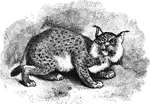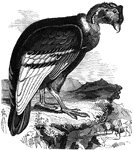
Fox Hound
"A cross between an old english hound and the greyhound. It is from twenty-two inches to two feet in…
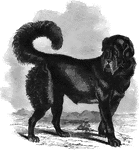
Thibet Masiff
"The thibet mastiff is of immense size, and of a deep-black color, slightly clouded on the sides, his…
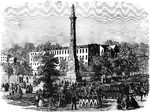
Pulaski Monument
"Review of Confederate troops on their march to Virginia, in front of the Pulaski Monument, Monument…
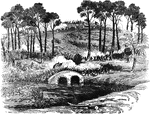
Battle of Antietam
"Battle of Antietam, Md. Burnside's division carrying the bridge over the Antietam Creek and storming…

Columbus, Kentucky
"General view of Columbus, Ky., and its fortications, looking down the river, showing the 'Iron Bluffs'…
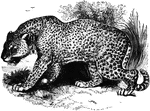
Leopard
"The Leopard, Felis leopardus, is about half the size of the tiger, being two feet high and…

Riman-Dihan
"F. macrocelis. It is four feet long, and one foot ten inches high; the color; whitish ashy…
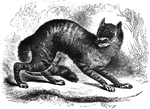
Caffre Cat
"F. Caffra , is about two feet long; its tail is long and bushy; its ground-color and of a…

Steamer Alabama
"The Confederate privateer steamer Alabama (290). Captain Raphael Semmes. Our illustration…
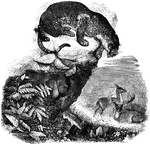
Jaguar
"Its length is four to five feet; the tail two feet; the height two feet; the ground-color of the body…

Cape Ratel
"The hair is stiff and wiry; body above, from the top of the head to the root of the tail, dull ash-gray,…

Battle of Antietam
"Battle of Antietam, Burnside's Division, left wing- brilliant and decisive bayonet charge of Hawkins's…
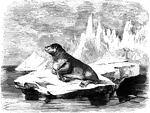
Sea Bear
"It is the size of a large bear; girth at the sholder, five feet, near the tail, twenty inches; fur…

Capybara
"It measures three feet from muzzle to the hinder part, but has no tail. The general shape of the body…
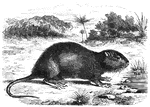
Coypu
"This has ears of moderate size; fur long; upper parts of the snimal penciled with dusky and brownish-yellow…

Jerboas
"These animals have the head large and rabbit-like; the ears long and pointed; the eyes full; the tail…
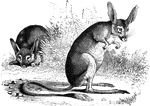
Jerboas
"These animals have the head large and rabbit-like; the ears long and pointed; the eyes full; the tail…

Tybee Island
"Tybee Island, Savannah River, Ga.- Views of the lighthouse and barracks- destruction of the lighthouse…

Mortar Battery Stanton
"Interior of the Mortar Battery Stanton, Tybee Island, Ga., showing the operation of 13-inch mortars…
General Hospital Exterior
"United States General Hospital, Hilton Head, S. C., exterior. The United States General Hospital at…

General Hospital Interior
"United States General Hospital, Hilton Head, S. C., interior. The United States General Hospital at…
Fort Taylor
"Fort Taylor, Key West, Fla. Key West, the most western of the Pine Islands, is about sixty miles southwest…

Siege of Vicksburg
"Siege of Vicksburg. Life in the trenches- bivouac of Leggett's Brigade- McPherson's Corps at the White…
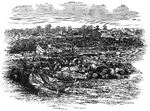
Battle of Corinth
"Battle of Corinth, Miss., October 4th, 1862. Scene in the roundabouts of Fort Robinett after the repulse…
Falmouth
"The town of Falmouth, Va. on the Rappahannock, opposite Fredericksburg. Headquarters of General Burnside…

Confederate rams
"Confederate rams from Charleston Harbor attacking the Federal blockading squadron, January 31st, 1863.…

Cumberland Gap
"Cumberland Gap and Heights, Tenn., from the Kentucky side. Cumberland Gap was a place of such importance…

Cutting Levees
"Cutting the levees near the state line of Louisiana and Arkansas, twenty miles above Lake Providence,…

Federal Prisoners
"Federal cavalry covering the escape of Federal prisoners from Libby Prison, Richmond, Va. The feeling…
War in Virginia
"The war in Virginia. Battery on the left of the enemy's line, in front of Petersburg, captured by the…

Horseshoeing
"Horseshoeing in the army. Not like the country blacksmith, by the highroad upon the skirt of the village,…

Capture of Lost Mountain
"The war in Georgia. Capture of Lost Mountain by General Hooker, June 16th, 1864. On June 14th General…

Sherman's Campaign
"Sherman's Campaign in Georgia- the attack of the Fourteenth, Sixteenth and Twentieth Army Corps on…

Savannah, Georgia, Looking East
"View of Savannah, Ga., looking east, toward Fort Jackson. Savannah, the entry port of Georgia, is built…
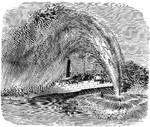
Commodore Barney
"The war in Virginia. Explosion of a torpedo under the Commodore Barney, on James River, August…

Band at Giant's Feet
The Lilliputian band plays for Gulliver after he is pardoned from a conviction.

Passeres
An assortment of passeres, one order of birds. The legs, feet, and talons are generally smaller than…

Harvest Mouse
"The smallest of mice, and perhaps the very minutest of mammalia, an English half-penny weighing down…

Pithecheirus Melanurus
"This includes one animal, the P. melanurus, which has puzzled the naturalists, inasmuch as…
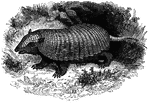
Giant Tatou
"In this carapace covers the body above and low down on the sides, but leaves the belly unprotected;…
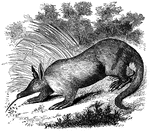
Aardvark
"It is about three and a half feet long, the tail one foot nine inches. It has a long callous snout…
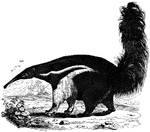
Tamanior
Inhabits most part of South America. About four feet in length. Spends the greater parts of its life…
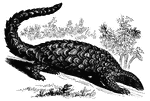
Indian Pangolin
"Its head is small, pointed, and conic; muzzle elongated and narrow; body rather stout; tail short and…

Prison Pen
"The great Prison Pen at Andersonville, Ga. The stockade was orginally eleven acres, which was increased…

Millen Prison Pen
"The Prison Pen at Millen, Ga., as it appeared previous to the arrival of General Sherman's Army. Our…
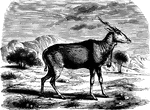
Eland
"Is considerably the largest of all the antilopes, being the size of a good horse, and measuring eight…

Sixteenth Regiment
"The Sixteenth Regiment, Ohio Volunteers, under Colonel Irwine, crossing the tray run viaduct, near…
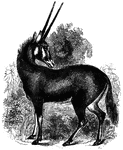
Gemsbok
"It is a heavy stout animal, about five feet in length, and three feet two inches high at the shoulder;…
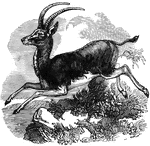
Blauw-Boc
"Is six feet long, three feet seven inches high, has round horns curved backward, and is of a blu-ish…
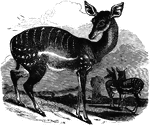
Female Gazelle
"Is one of the most celebrated of antilopes; it is about two feet high at the shoulder; its limbs are…
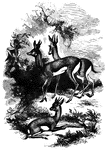
Ariel Gazelle
"Is one of the most celebrated of antilopes; it is about two feet high at the shoulder; its limbs are…
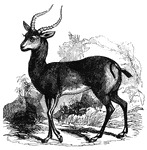
Pallah
"Four and a half feet long and three high. The general color is a deep red, and underr parts being white.…
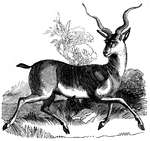
Common Antelope
"Its length is four feet; its height two and a half; the legs are long and delicate; the body round,…
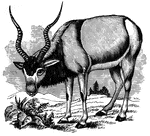
Addax
"The body is five feet long, and height three feet. The general color is gray-ish-white, though the…
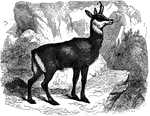
Chamois
"The horns are six or seven inches long, the body about three feet three inches, and the height at the…
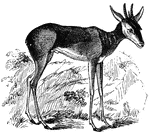
Madoqua
"Is probably the smallest of the horned quadrupeds, it being two feet long and fourteen inches high.…
